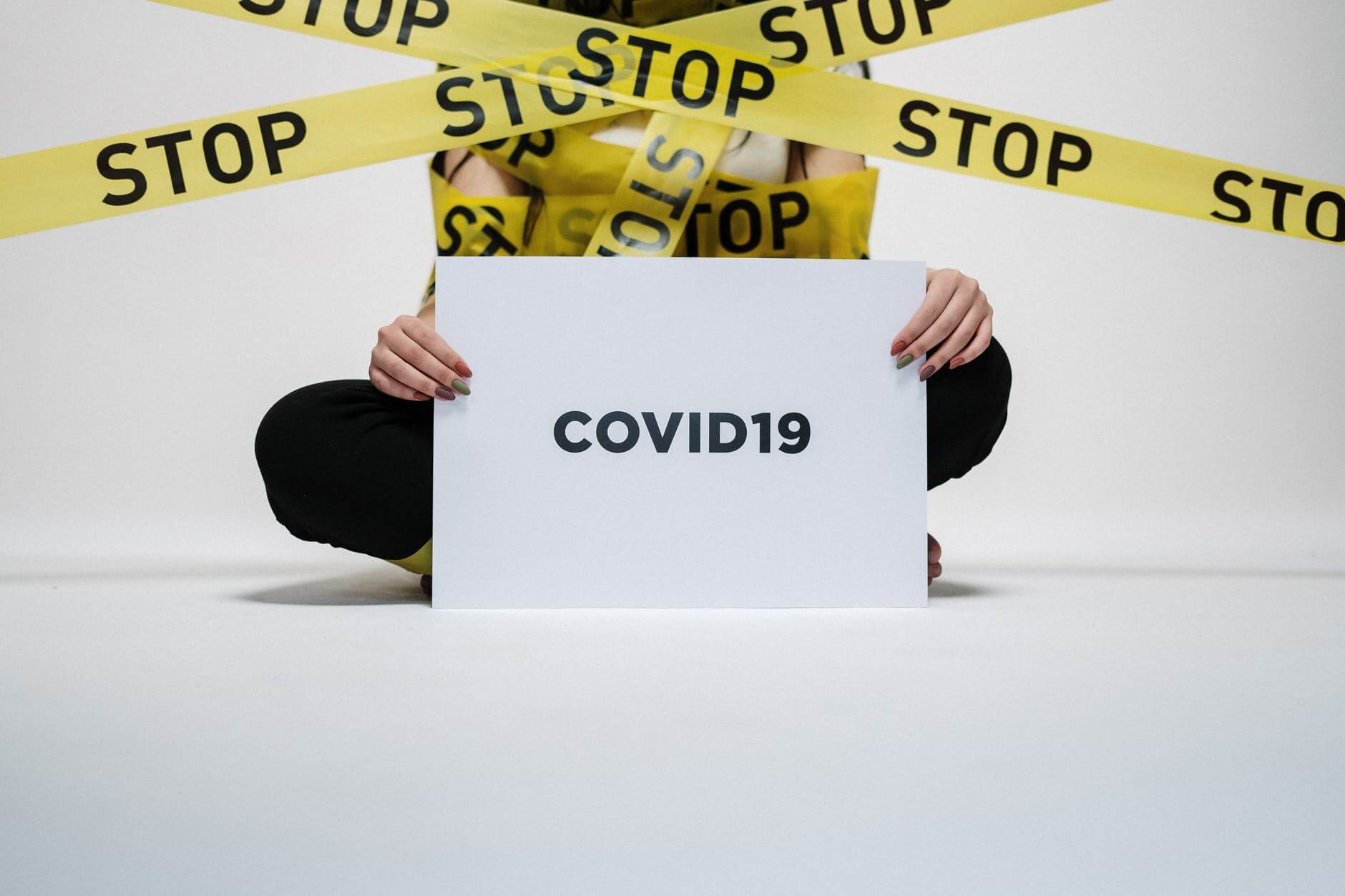Just over a couple of weeks ago I visited London to speak at the CIPR’s annual social media conference on Online Crisis Management. I was invited to chair a session following the chapter I wrote for Share This Too which is coming out soon – to get a copy from Amazon just order here.
The session was really interesting I had invited two people from either side of the fence to discuss online crisis management. I wanted to help provide a range of views on the subject because despite what you may think not a lot has been written on Online Crisis Management. Sure there is shed loads of material online about crisis management and social media has changed the way a crisis is now handled. However, it hasn’t changed everything – just because we all have a voice now doesn’t mean everything should changed beyond recognition. As the media have got wiser to using social media as have PR people and I was impressed with the depth of knowledge in the room. It was to be expected with some of the finest digital PRs in the country in one room.
One thing I highlighted in my section was the way Twitter and other conversational platforms can be used to spot a crisis before the media start harassing your phone line or press office. Often if there is a fire somewhere, the chances are it will be tweeted or instagrammed before it is reported in the traditional media and this is just purely down to the speed and the way we now all use of Twitter. However these two things are becoming more closely aligned.
I then highlighted why I decided to write about Online Crisis Management and the fact that many PR professionals are still scratching their heads wondering which is the best approach to take. In the chapter, I have given some theory but the majority of what I highlight is useful and practical tips.
The two speakers I asked to accompany me were Sue Llewellyn who worked as a journalist for a number of years and now trains them how to use social media effectively. Sue shared some interesting insights into the changing face of newsrooms and how important it still was to verify a story and to take all the necessary steps. She felt it was important for journalist to correct the rumours as they happen. She also said “Think Visual” because people remember pictures not statements. Where possible bring some colour to the crisis. She also recommended not using the CEO if they didn’t feel comfortable and I agree. I personally hate the defacto YouTube response which seems to be rolled out whenever there is a crisis these days. Sometimes it’s better to think creatively about your response although that said some of you may remember how Bodyform responded to a minor crisis on its Facebook page – that used a CEO (granted not a real one) but in a different light-hearted way. Now I know we can’t have a response like that on a more serious matter but you get the gist of what I am saying. She also highlighted the use of Twitter lists for monitoring antagonists which I thought was a far cheaper way of monitoring that using the more expensive social media monitoring tools.
The second speaker was Steph Gray from The Social Simulator and in his talk Steph highlighted the need to prepare and train your communications team properly which I whole heartedly agree with. He also covered the seven habits of highly effective crisis communications. A little hat tip to Steven Covey I think there. Steph had some interested insights including the need to give a human voice to the crisis if it is being handled online. He also highlighted the need to pull in your advocates as quickly as you can to get them to share positive things about you. He also reminded people that your employees are people too so use them in times of a crisis – tell them how you are dealing with it and reassure them.
Do you have some advice for someone looking to manage an online crisis?
Chris Norton is the founder of Prohibition and an award winning communications consultant with more than twenty years’ experience. He was a lecturer at Leeds Beckett University and has had a varied PR career having worked both in-house and in a number of large consultancies. He is an Integrated PR and social media blogger and writes on a wide variety of blogs across a huge amount of topics from digital marketing, social media marketing right through to technology and crisis management.


